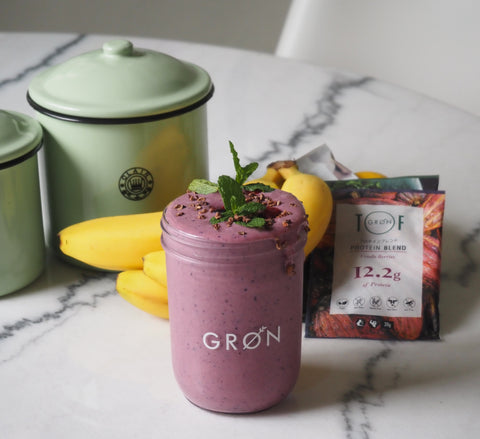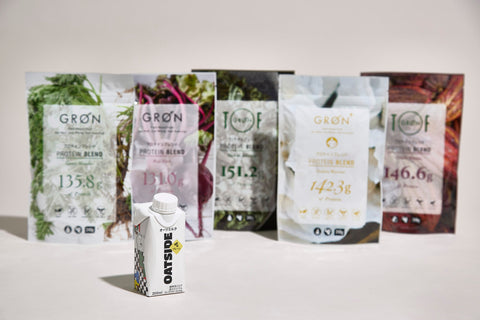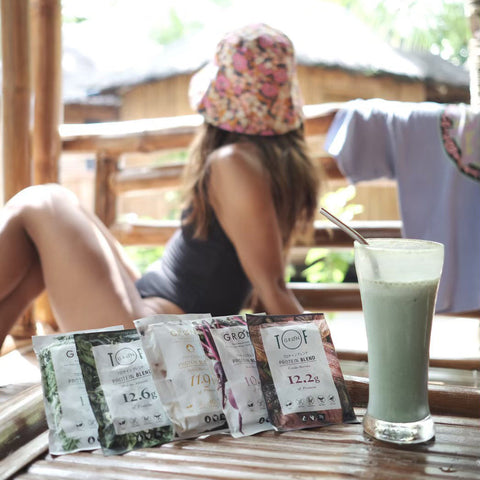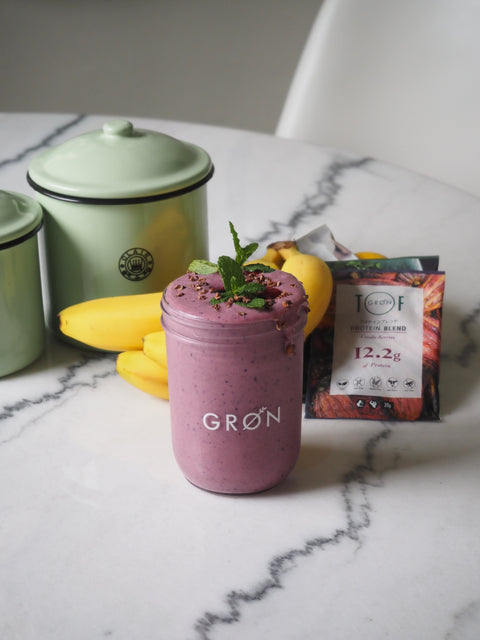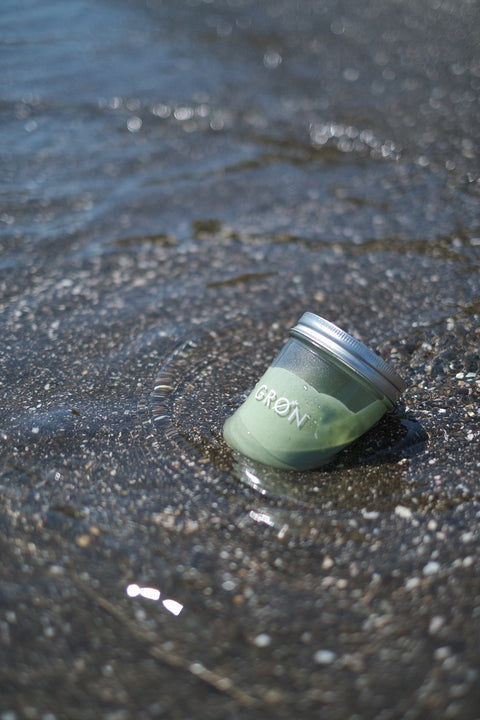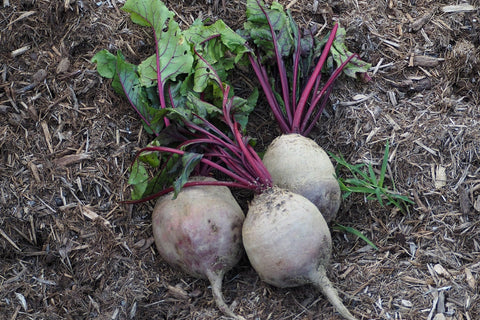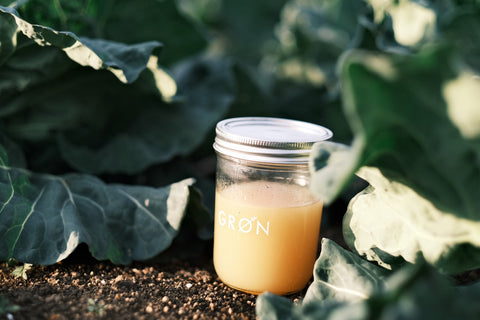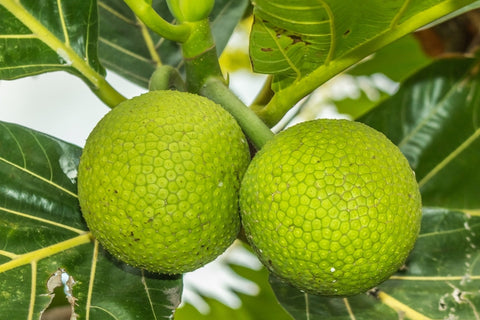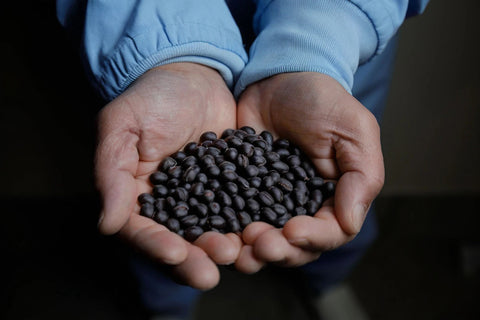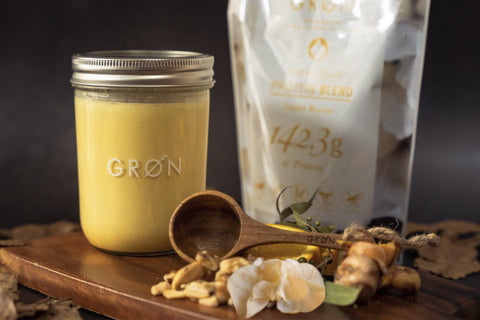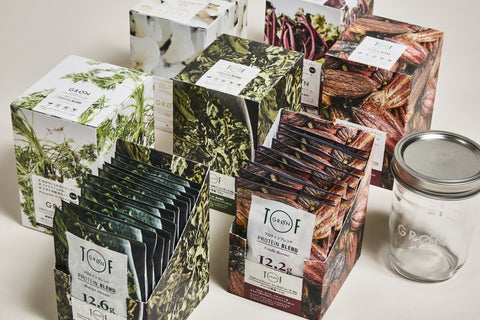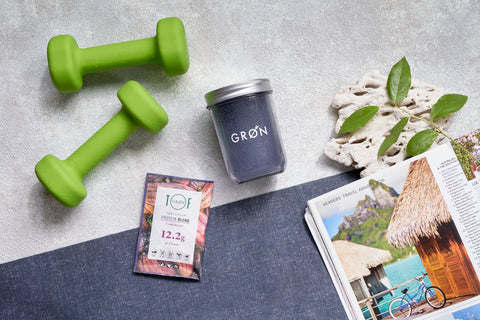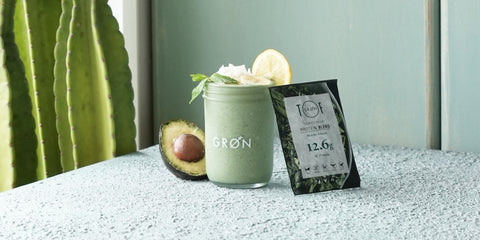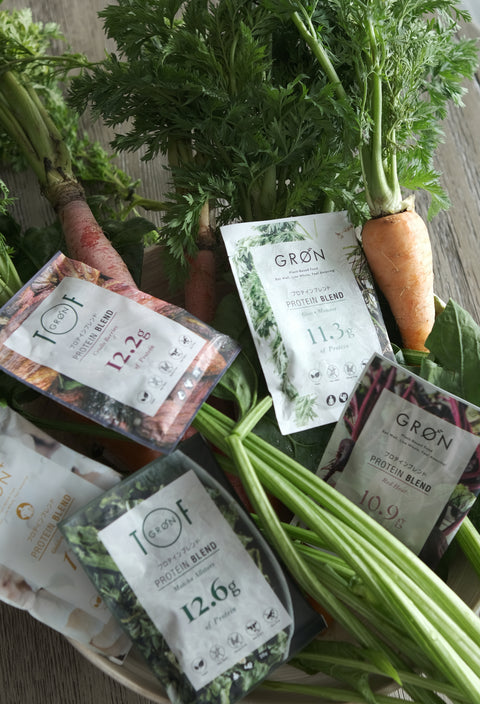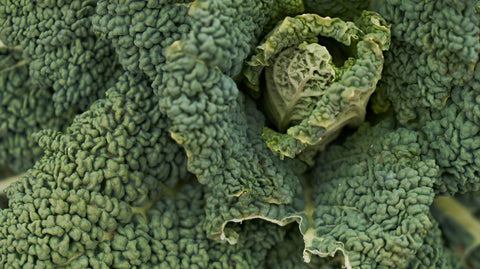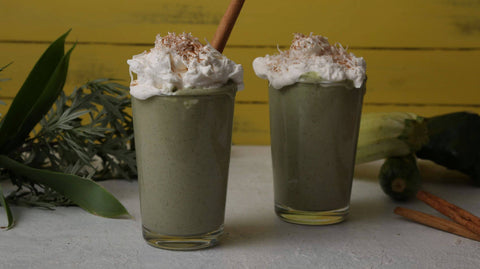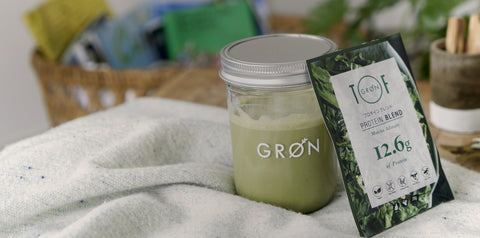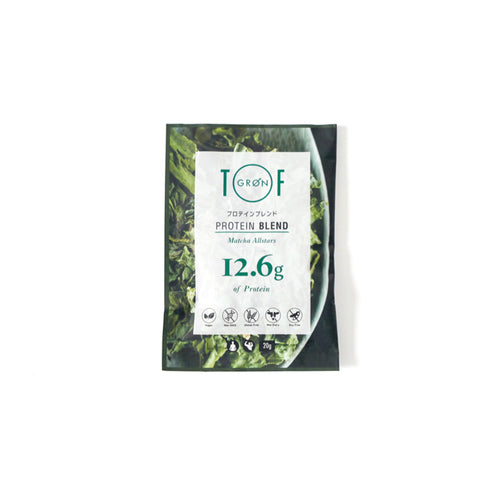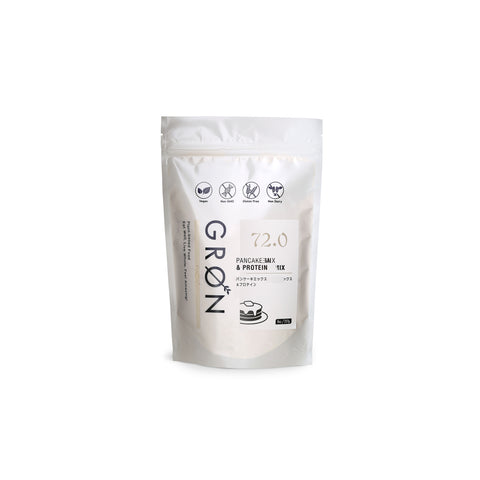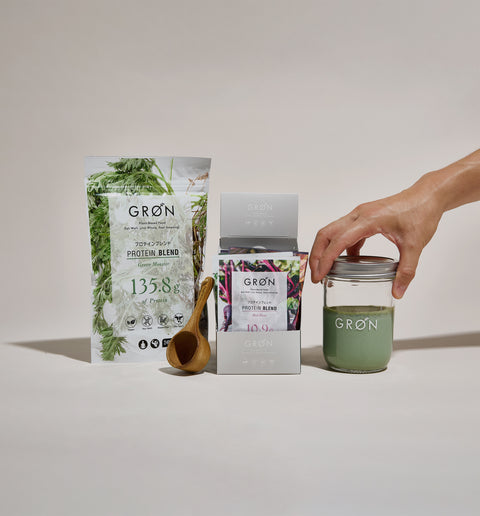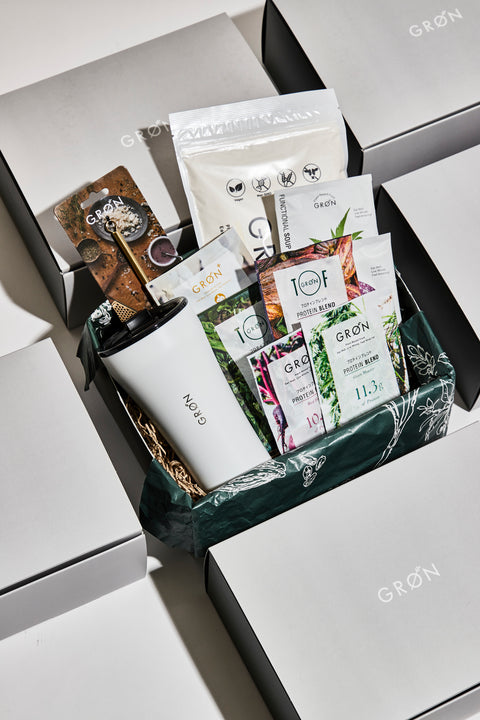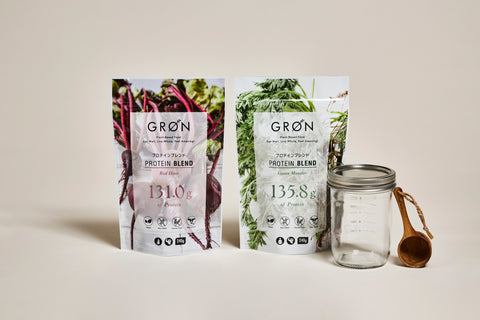Choosing ingredients close to nature: The appeal of wild game, grass-fed beef, and free-range eggs - Nutritionist's Column Vol. 135
"Meat" and "eggs" are foods that we eat on a daily basis.
When choosing ingredients, more and more people are paying attention not only to price and taste, but also to the environment in which the food was grown.
Ethical food choices that emphasize animal-friendly farming methods and environmentally friendly production backgrounds are becoming more common.
For example, wild game dishes made from wild animals raised in the mountains and fields, grass-fed beef (grass-fed beef) that is raised on natural grass, and free-range eggs from animals raised in an environment where they can roam freely. These are ingredients that respect the natural way of life of animals and are raised in a low-stress environment.
These ingredients are not only attracting attention for their consideration of animals and the environment, but also for their high nutritional value . Food values that consider not only "what you eat" but also "how it was grown" are gradually becoming more prevalent.

Gibier: The "blessings of the wild" nurtured by nature
Gibier is the meat of wild animals obtained by hunting.
Typical examples include deer, wild boar, rabbits, ducks, and other birds. Animals that grow freely in nature are truly natural food. In recent years, they have been attracting attention again as they are not overcrowded or reliant on artificial feed.
Nutritional characteristics of gibier
▼ High protein and low fat
Wild animals that exercise a lot tend to have less fat and firmer meat.
Rich in omega-3 fatty acids
Because they grow up eating grass and nuts, they contain many nutrients that help maintain cardiovascular health, and are said to also support the brain and relieve allergies.
▼ Vitamins and minerals
It is rich in essential nutrients such as iron, zinc, and B vitamins.

Grass-fed beef: Naturally raised meat
Grass-fed beef is meat from cattle raised in a natural environment, primarily on grass. It is less stressful than regular grain-fed cattle, and is characterized by a healthy lipid balance and high nutritional value.
Nutritional Characteristics of Grass-Fed Beef
▼ Ideal balance of Omega 3 and Omega 6
It has anti-inflammatory properties and helps prevent chronic diseases.
▼ Conjugated linoleic acid (CLA)
It contains many ingredients that are expected to have antioxidant and fat burning effects.
▼ Vitamin E and beta-carotene
It is also rich in nutrients and antioxidants that are converted into vitamin A in the body.
▼ No hormones used
It is considered highly safe as a food because it promotes natural growth.

Free-range eggs: Nutritious eggs produced in a stress-free environment
Free-range eggs are eggs laid by chickens that are not confined to cages and are raised in an environment where they can move around freely. This natural breeding environment has a positive effect on the nutritional value of the eggs.
Nutritional characteristics of free-range eggs
▼Rich in Vitamin D
Exposure to sunlight helps your body produce vitamin D.
▼ Carotenoids (lutein and zeaxanthin)
Rich in ingredients that support eye health.
▼ Omega-3 fatty acids
They contain more healthy fats than regular eggs.

Three noteworthy nutritional benefits
These foods all have one thing in common: they offer beneficial nutritional benefits for the body.
In particular, the following three points are important to incorporate into your daily diet.
1. The quality of healthy lipids <br>The quality of lipids has a significant impact on health.
The lipids contained in commercially processed foods and common livestock meats are easily oxidized and can cause stress to the body.On the other hand, wild game, grass-fed beef, and free-range eggs are rich in high-quality lipids (such as omega-3 fatty acids) that are resistant to oxidation and easily converted into energy .
2. No need to worry about hormones <br>Growth hormones are sometimes used in general livestock farming, but hormones are generally not used in game meat, grass-fed beef, or free-range eggs.
Therefore, there are fewer concerns about its effects on the body and food safety, and it can be consumed with peace of mind.
3. Avoid genetically modified (GMO) feed . Because wild game is wild, it has no artificial feed. Grass-fed beef is also raised solely on pasture, so it does not use GMO feed.
Free-range chickens also tend to be fed non-GMO grains and insects, making them a less environmentally damaging choice.
Certified organic ingredients are guaranteed to be "GMO-free."

"Natural" ingredients bring richness to food and life
Wild game dishes, grass-fed beef, and free-range eggs are more than just "ethical ingredients"; they are also highly nutritious foods that support our health.
Production methods that avoid hormones and GMO feed, a good lipid balance, and plenty of vitamins and minerals.
Incorporating foods with these characteristics can add healthy and sustainable options to modern diets.
Why not try incorporating more natural ingredients into your daily meals little by little?
This may be the first step towards eating in a way that is considerate of your own body and the future of the planet.
—————————————————
GRØN protein blends are minimally processed and made without any genetically modified ingredients.
▼Protein recommended for beginners▼
STARTER SET Starter Kit | Welcome Set
——————————————————
Nutritionist, Food Education Instructor, Food 6th Industry Producer Level 4
Ayako Ishihara
Nutritional guidance in the healthcare field and agribusiness professional.
She is involved in a variety of activities in the fields of beauty and health, including giving lectures to Miss World Japan candidates.
With the philosophy of "enriching the mind and body through food and realizing a vibrant society where people and communities are connected," he founded i-Field Co., Ltd. in 2013 and serves as its representative.
He is a core member of the food team for "DINING OUT," which holds outdoor restaurants in various regions, and also participates in fashion brand projects.
She is also involved in promoting local ingredients, product development and production specializing in "health" and "beauty," branding, concept design, food hygiene, sales promotion, and training planning and management. She is in charge of nutritional supervision for GRØN's product development, proposing ways to incorporate these ingredients more effectively into consumer health.
——————————————————








